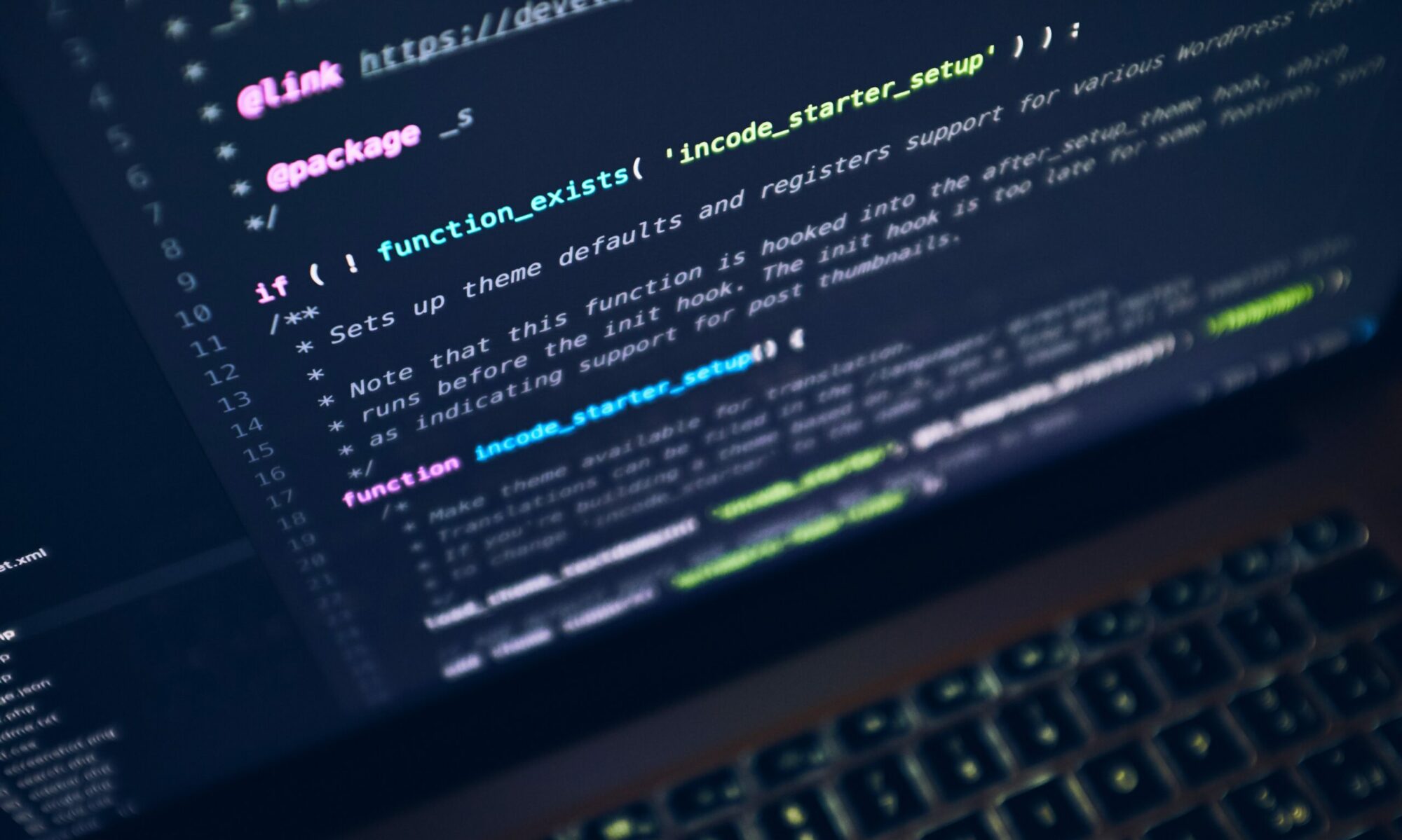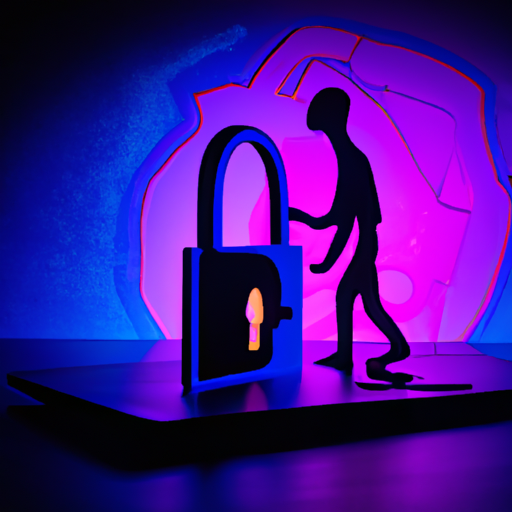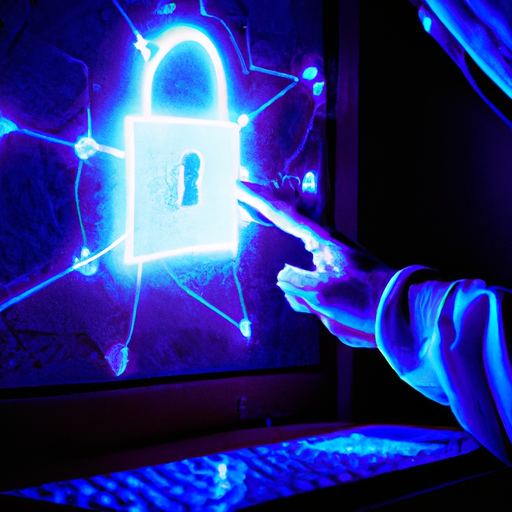Securing Your Kubernetes Cluster
Due to the surge in the adoption of Kubernetes in enterprise software development, a corresponding rise in attacks specifically targeted at these installations has been observed.
These bespoke exploitations are becoming increasingly sophisticated. Therefore, enforcing Kubernetes security best practices becomes a non-negotiable necessity.
But this requires expertise, unique tools, and tactics that significantly diverge from generic cloud and virtual machine security measures.
Security companies, such as Palo Alto Networks, Wiz, and Aqua Security, have detected an uptick in these Kubernetes-targeted attacks. Typically, within a few hours of its creation, a new cluster becomes a target for these threat actors, who scan well-known TCP/IP ports employed by containers for communication.
To better shield Kubernetes installations, understanding the threat landscape, appreciating the common exploits being utilized, and adopting new protective measures are incredibly vital.
Kubernetes: An Interconnected Module
Cloud-native technologies like Kubernetes come with their complexities – an intricate weave of data flows, dependencies, and processes that each require unique protective techniques. Kubernetes was designed to be highly flexible and open, allowing users to explore freedom facilitated by its open architecture.
Therefore, it’s essential to invest in automated, systematic processes that scaffold security during Kubernetes builds and deployment.
Revisiting Security Basics
Often with Kubernetes, network security basics, such as concealment of encryption keys, periods, and administrative passwords, deploying different segmentation plans, and least privileged access, are overlooked.
It’s also crucial to control access rights correctly because in Kubernetes, implementing role-based control can be complex.
Cybercriminals have not been wasting time, though. They’ve uncovered, exploited, and weaponized these security oversights for gains.
In an instance from 2023, Aqua Security Analysts discovered cryptomining malware code installed successfully within about 60 different clusters due to a backdoor attack on role-based controls.
Observe Better Security Habits
To bypass most forms of Kubernetes exploitations, some best practices would do better if observed. A useful place to start is revisiting the OWASP Kubernetes “Cheat Sheet,” which lists specifics for better Kubernetes control.
As pointed out by Palo Alto’s Quist, developers need to segregate accounts for different operational groups properly and exploit key and secret management services adequately.
Better secret management and regular audits of clusters can help identify and quickly patch up any identified security faults. Also, employee and developer training on potential risks, correct configurations, and best practices need to be improved.
To underline it all, Kubernetes security is not a static task; it’s a dynamic process – constantly learning, adjusting, and enhancing as both the technology and threat architecture morph.
The swift response to such attacks and coordinated effort towards maintaining a strong and safe Kubernetes network can, to a large extent, safeguard enterprises and their data against these sophisticated attacks.
Summary:
The increasing popularity of Kubernetes has led to a rise in targeted attacks on Kubernetes clusters. Security companies like Palo Alto Networks, Wiz, and Aqua Security have observed a surge in attacks on Kubernetes installations. Attackers typically target new clusters within hours of their creation, scanning container communication ports for vulnerabilities. Protecting Kubernetes clusters requires a deep understanding of the threat landscape, common exploits, and adoption of new security measures. Kubernetes, with its complex interconnected modules, requires unique security measures, including automatic processes during build and deployment. Basic security practices like encryption, access control, and least privileged access are often overlooked in Kubernetes. Cybercriminals have exploited these oversights for gains, as seen in instances of successful cryptomining malware installations due to backdoor attacks. To enhance Kubernetes security, developers should follow the OWASP Kubernetes “Cheat Sheet,” properly manage keys and secrets, segregate accounts, and conduct regular audits. Continuous employee training on security risks, configurations, and best practices is essential. Kubernetes security is a dynamic process that requires constant learning and adjustment. A strong and coordinated effort towards maintaining secure Kubernetes networks can help safeguard enterprises and their data against sophisticated attacks.




